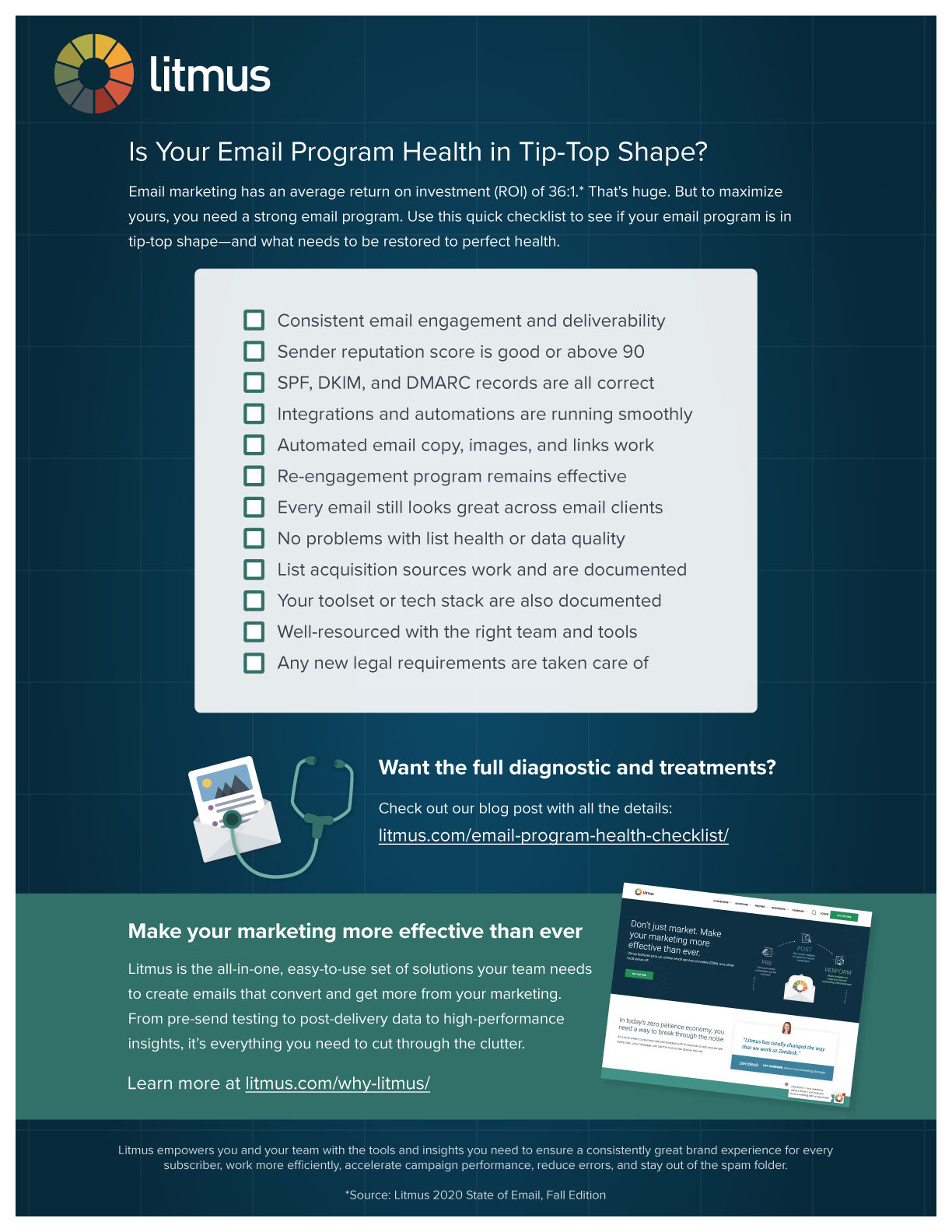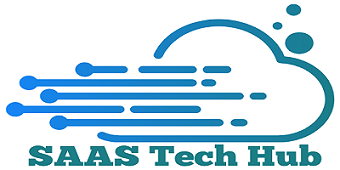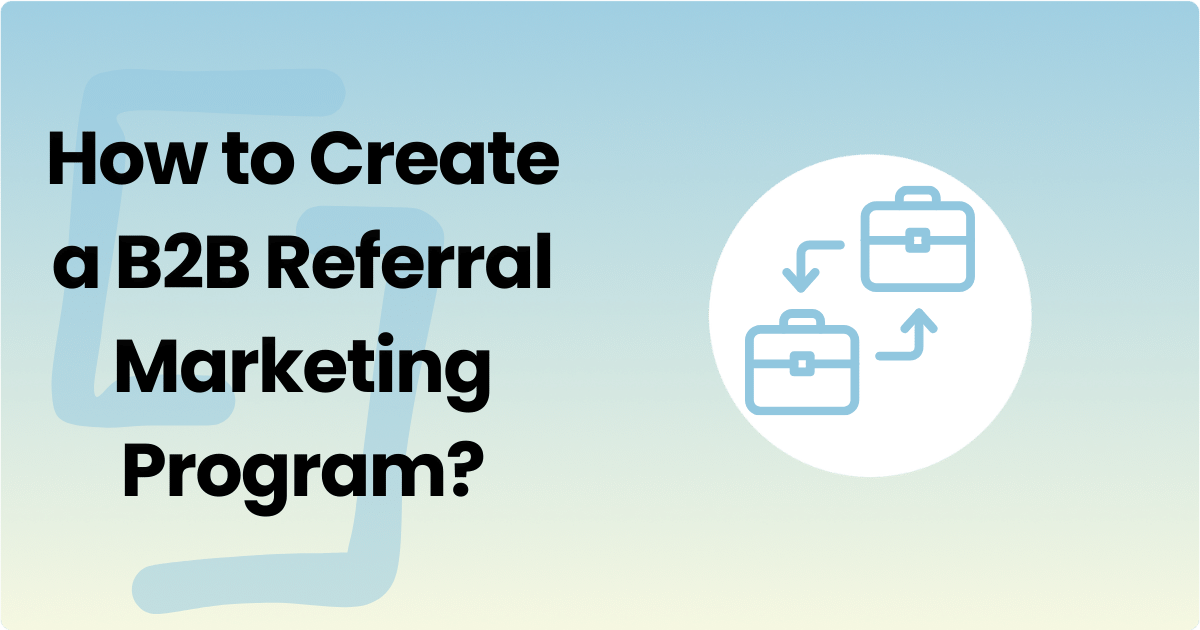Are you looking to boost your business through email marketing? Creating an effective email marketing program can transform your customer engagement.
Email marketing is a powerful tool for connecting with your audience. It helps build relationships, promote products, and drive sales. But where do you start? Crafting a successful email marketing program might seem daunting, but it doesn’t have to be.
By breaking down the process into clear, manageable steps, you can create a strategy that works for your business. Whether you’re a small startup or a large enterprise, the key elements remain the same. This guide will walk you through each step to ensure your email marketing program is both effective and efficient. Let’s dive in and get started on your path to email marketing success!
Introduction To Email Marketing
Starting an email marketing program can seem daunting. This guide breaks it down into simple steps. Learn the basics and start reaching your audience effectively.
Importance Of Email Marketing
Email marketing is crucial for connecting with customers. It allows businesses to reach people directly. Unlike social media, emails feel personal and private. This can build trust and loyalty.
Statistics show that email marketing has a high return on investment (ROI). According to a study, every dollar spent on email marketing generates an average of $42 in return. This makes it one of the most cost-effective marketing strategies available.
Benefits For Businesses
Email marketing offers many benefits for businesses. Here are a few key points:
- Cost-Effective: Email campaigns are affordable. There’s no need for large advertising budgets.
- Targeted Messaging: Emails can be personalized. This ensures that the right message reaches the right person.
- Measurable Results: You can track open rates and click-through rates. This helps in refining future campaigns.
- Increased Engagement: Well-crafted emails can engage customers. This can lead to higher conversion rates.
With these benefits, businesses can improve their marketing efforts. Email marketing can be a powerful tool in your marketing strategy.
| Benefit | Description |
|---|---|
| Cost-Effective | Low-cost and high ROI |
| Targeted Messaging | Personalized content for each recipient |
| Measurable Results | Track and analyze campaign performance |
| Increased Engagement | Higher customer interaction and conversion |

Credit: searchengineland.com
Setting Goals And Objectives
Creating an effective email marketing program starts with setting goals and objectives. This step provides direction and purpose. It helps measure success and guides strategies. Without clear goals, your email campaigns may lack focus.
Identifying Your Audience
Know who your audience is. Identify their needs and interests. Understand their demographics like age, gender, and location. Use this information to tailor your messages. This makes your emails more relevant and engaging.
Defining Clear Goals
Set specific goals for your email marketing. Do you want to increase sales? Grow your subscriber list? Boost engagement with your content? Clearly define these goals. Make sure they are measurable and achievable.
For example, aim to increase your email open rate by 10%. Or, target a 5% rise in click-through rates. Having clear goals helps track progress and adjust strategies.
Building An Email List
Building an email list is crucial for an effective email marketing program. A strong email list allows you to reach your audience directly. This section will cover key strategies to help you build a robust email list. Focus on lead generation, opt-in forms, and landing pages.
Lead Generation Strategies
To build an email list, start with effective lead generation strategies. Offer valuable content that your audience wants. Free eBooks, guides, or exclusive access can entice users. Use social media to promote these offers and capture leads. Collaborate with influencers to expand your reach.
Opt-in Forms And Landing Pages
Opt-in forms and landing pages are vital for collecting email addresses. Place opt-in forms on your website where visitors can easily see them. Use clear and concise calls to action. Ensure the benefits of subscribing are obvious.
Design landing pages that focus on capturing emails. Keep the design simple and the message clear. Highlight the value your audience will receive by subscribing. Test different designs and messages to see what works best.
Choosing The Right Email Marketing Tool
Choosing the right email marketing tool can make a significant difference in your campaign’s success. The right tool should fit your needs and help you achieve your goals. This section will guide you through the key features to look for and the top email marketing platforms to consider.
Features To Look For
Not all email marketing tools are the same. Some offer basic features, while others provide advanced options. Here are some essential features to consider:
- Ease of Use: The tool should have a user-friendly interface.
- Automation: Look for tools that offer email automation.
- Templates: Choose a tool with a variety of email templates.
- Analytics: The tool should provide detailed analytics and reports.
- Integration: Ensure it can integrate with your existing systems.
- Customer Support: Reliable customer support is crucial.
Top Email Marketing Platforms
Now that you know what features to look for, here are some of the top email marketing platforms you can consider:
- Mailchimp: Known for its ease of use and robust features. Ideal for beginners and small businesses.
- Constant Contact: Offers excellent customer support and a wide range of templates.
- SendinBlue: Provides email marketing automation and SMS marketing.
- ConvertKit: Best for content creators and bloggers. Offers automation and segmentation.
- AWeber: Known for its simplicity and customer support. Great for small businesses.
Each of these platforms has unique strengths. Choose the one that aligns with your goals and needs.
Crafting Effective Email Content
Creating an effective email marketing program requires crafting engaging email content. The content must grab attention, keep readers interested, and lead them to take action. Below are some key elements to focus on.
Writing Compelling Subject Lines
The subject line is the first thing your audience sees. A compelling subject line can make or break your email campaign. Here are some tips:
- Keep it short: Aim for 6-10 words.
- Be clear: Avoid confusing or vague language.
- Create urgency: Use words that prompt immediate action.
- Personalize: Include the recipient’s name if possible.
Personalization And Segmentation
Personalization and segmentation are crucial for effective email marketing. They make your emails more relevant and engaging.
Personalization: Tailor your content to each recipient. Use their name, location, or purchase history.
Segmentation: Divide your email list into smaller groups. Segment based on demographics, behavior, or preferences.
| Segmentation Criteria | Examples |
|---|---|
| Demographics | Age, Gender, Location |
| Behavior | Purchase History, Email Engagement |
| Preferences | Product Interests, Email Frequency |
By following these steps, you can create effective email content. This will increase engagement and conversions.

Credit: softwareoasis.com
Designing Your Emails
Designing your emails is a crucial step in any email marketing program. The design can greatly impact how your audience engages with your content. A well-designed email can lead to higher open rates and click-through rates. Focus on creating emails that are visually appealing and easy to read.
Email Templates And Layouts
Choose a template that matches your brand’s style. Consistency is key. Your audience should recognize your emails at a glance. Use a simple layout that guides the reader’s eye. Important information should be easy to find. Avoid clutter. Too many elements can overwhelm the reader. Use white space effectively to make your content stand out.
Mobile-friendly Design
Many people read emails on their phones. Make sure your design is mobile-friendly. Use responsive templates. These adjust automatically to different screen sizes. Keep text short and to the point. Large fonts improve readability on small screens. Buttons should be easy to tap. Test your emails on different devices before sending. This ensures a good experience for all your subscribers.
Automating Your Email Campaigns
Automation can save you time and improve the effectiveness of your email marketing program. By automating your email campaigns, you ensure timely and relevant communication with your audience. This approach can lead to higher engagement and better results.
Setting Up Email Sequences
Email sequences are a series of emails sent based on specific triggers. They guide your subscribers through a journey. To set up these sequences, follow these steps:
- Define your goal: Know what you want to achieve with the sequence.
- Segment your audience: Group subscribers with similar interests.
- Create your content: Write engaging and relevant emails.
- Schedule the emails: Determine the timing and order of the emails.
These steps ensure your emails reach the right people at the right time.
Using Triggers And Workflows
Triggers and workflows are essential in automating email campaigns. A trigger is an event that starts an email sequence, and a workflow is the process that follows. Here’s how to set them up:
- Identify triggers: These can include signing up for a newsletter, making a purchase, or abandoning a cart.
- Create workflows: Define the actions that occur after a trigger. For example, if someone signs up for a newsletter, send a welcome email followed by a series of informative emails.
- Monitor and adjust: Regularly review your workflows. Make changes to improve performance based on analytics.
By using triggers and workflows, you can deliver personalized and timely emails, increasing your chances of success.

Credit: www.litmus.com
Analyzing And Optimizing Performance
Creating an email marketing program is not a one-time task. To achieve success, you must analyze and optimize your emails regularly. This process involves understanding key metrics and making informed decisions. Continuous improvement ensures better engagement and higher conversion rates.
Tracking Key Metrics
Tracking key metrics helps you understand your email performance. Important metrics include open rates, click-through rates, and conversion rates. Open rates show how many recipients opened your email. Click-through rates indicate the percentage of recipients who clicked on a link. Conversion rates measure how many recipients completed a desired action. Monitoring these metrics provides valuable insights into your email effectiveness.
A/b Testing Strategies
A/B testing compares two versions of an email to see which performs better. You can test different subject lines, email designs, or call-to-action buttons. Send version A to one group and version B to another. Analyze the results to determine which version had better engagement. Implement the winning version for future campaigns. This strategy helps you refine your emails and boost performance.
Ensuring Compliance With Regulations
Ensuring compliance with email marketing regulations is crucial for any business. Failure to comply can result in hefty fines and damage to your reputation. Understanding key regulations and best practices will help you stay compliant and maintain trust with your audience.
Understanding Gdpr And Can-spam
The General Data Protection Regulation (GDPR) is a European Union law. It protects the privacy of individuals within the EU. GDPR requires businesses to obtain clear consent before sending emails. It also gives individuals the right to access and delete their data.
The CAN-SPAM Act is a U.S. law. It sets rules for commercial emails. CAN-SPAM requires businesses to include a clear unsubscribe link in every email. It also mandates accurate sender information and subject lines.
Best Practices For Compliance
Always get explicit consent before adding someone to your email list. Use clear and plain language in your consent forms. Avoid pre-checked boxes for consent.
Include an easy-to-find unsubscribe link in every email. Honor unsubscribe requests promptly. Ensure your subject lines are not misleading.
Keep records of consent and unsubscribe requests. Regularly audit your email practices. Stay updated on changes in email marketing laws.
Use a double opt-in process to confirm subscriptions. This helps ensure that your recipients truly want to receive your emails.
Tips For Continuous Improvement
Creating an email marketing program is just the beginning. To ensure its success, continuous improvement is vital. This involves staying updated with trends and gathering and implementing feedback. These tips can help you refine your strategy for better results.
Staying Updated With Trends
Email marketing trends change rapidly. Following these trends helps keep your campaigns relevant. Subscribe to industry newsletters. They provide insights into the latest practices. Follow email marketing blogs. They often share case studies and expert opinions. Attend webinars and conferences. Networking with peers can offer new ideas. Join industry forums and groups. They are a treasure trove of current trends and discussions.
Gathering And Implementing Feedback
Feedback is crucial for improvement. Collect feedback from your subscribers. Send surveys to understand their preferences. Analyze open and click-through rates. These metrics indicate what interests your audience. Split test different elements of your emails. This helps identify what works best. Implement changes based on this data. Regularly reviewing and adjusting can lead to better engagement.
Frequently Asked Questions
What Is Email Marketing?
Email marketing is a strategy where businesses send emails to customers. It aims to promote products, inform, and build relationships.
How Do I Start Email Marketing?
To start, choose an email marketing platform, build your email list, and create engaging content.
What Are The Benefits Of Email Marketing?
Email marketing can boost sales, improve customer relationships, and provide measurable results through analytics.
How Often Should I Send Marketing Emails?
Send emails regularly but avoid overwhelming subscribers. A common frequency is once a week or bi-weekly.
Conclusion
Creating an email marketing program can boost your business’s success. Follow these steps to build and refine your strategy. Always focus on your audience’s needs. Keep your content engaging and relevant. Test and analyze your campaigns regularly. Adjust your tactics based on feedback and data.
Consistency and quality are key to long-term results. Stay updated with trends and best practices. This approach will help you maintain a strong connection with your audience. Happy emailing!


